Today we have amongst us, a very unique professional. Unique not by the website, but by the work. Ofcourse he belongs to the class of creative individuals who seek an outlet through a web portal, but, he isn't one of the bland insensitive bloggers we see now. Yes, He is different. If a picture can say a thousand words, meet the man who writes 6000 words a week.
The name Reza Farazmand, always creeps up in my mind whenever I think of comics. My brother and I have been following a ritual. Every sunday we would sit infront of the computer screens and browse through comics which included Ragestache, xplosm, pearls before swine and ofcourse poorly drawn lines. We would always start with pdl because we wanted our happy hour to start with a bang. So imagine my delight on getting a reply from Reza aggreeing for an email interview.
I wouldn't start with an introduction to our guest, as you would figure that out from my questions itself.

An Introduction to our Guest
Mohit: Tell us about yourself, I gather you were a student at UCSD, who used to publish comic strips in the Campus magazine. How did it grow to an online comic giant with a page-rank of 4?
Reza: I started publishing Poorly Drawn Lines as a weekly comic strip in the UCSD Guardian my freshman year. At the time I was beginning to read a few webcomics, and I realized I could reach a wider audience if I published PDL online as well. So my friend built me a website and PDL became a webcomic. I didn’t take it very seriously until after I graduated and started drawing three comics a week on a regular schedule. From there the site slowly gained a small readership, and it’s been growing ever since.
Mohit: It must have been more than 5 and half years since you started the website. How did you and the website change during these years.
Reza: My drawing and writing styles have both changed quite a bit compared to five years ago, or even just one year ago. I’ve found a lot of new influences and inspiration in that time, whether it’s my surroundings, my social life, or discovering other artists. I aim to keep growing in that way.
The site itself got a brand new design a couple years ago. It also aims to keep growing, but it’s happy with the way it looks right now.

On Work
Mohit: Tell us about your process of comic creation. How do you do it? And what is the thought process when you start with a comic?
Reza: I draw everything with pencil and paper first. Then I ink the lines, scan the whole thing, and add the color in Photoshop. I use a graphics tablet for that part. The thought process is usually me chuckling at silly ideas with a serious look on my face until I land on something I like. It’s the most serious chuckling face you’ve ever seen.
 Mohit: You have invested in advertising as well as online merchendising, Which of them contributes to a better part of your earnings?
Mohit: You have invested in advertising as well as online merchendising, Which of them contributes to a better part of your earnings?
Reza: Advertising currently outpaces my merchandise earnings, but the two are slowly growing more equal as merch sales pick up.
Mohit: How do you decide what strip should be added to the store? Do you take custom Orders?
Reza: I take the most popular comics and turn them into prints. That doesn't always work, though. Sometimes a comic will perform really well online, but people aren't necessarily interested in owning a physical copy of it. I'd like to be able to take custom orders, but at the moment I use a print shop that requires a base number of prints per order, so I need to make sure they'll sell before I have them made.
On Website
Mohit: Your initial website was created by Marco Segreto in 2008 then you moved to Danny Walcoff in 2011. What do you look in a Web Designer/Developer?
Reza: Both of those guys are close friends of mine who offered to design the site. Marco built PDL 1.0 when we were in college, and Danny put together the site you see now. So I guess what I look for in a developer is someone I went to high school with.
Mohit: For a comic website, search Engines like Google do not have a system to determine what is in an image however hilarious or popular. Blogs on the other hand are filled with text that give a lot to process and hence determine a website's worth. Doesn't it bother you?
Reza: I’m glad to have a site that doesn’t rely too heavily on search ranking or keywords. It’s cool to see how it’s grown just from people sharing it with their friends.
Final Words
Mohit: Lastly, what advice would you give to budding enthusiasts?
Reza: Draw every day, write every day, and start building your web presence. There are so many avenues to get your work in front of people right now. This is an amazing time for creators.
Note 1. to the readers, the comic strips above this point are the recent favorites of Reza Himself. But, now its time for MY favorite comic strip. This one left me laughing on the floor, clutching my stomach with tears in my eyes.
Note 2. I am not including this comic to increase the length of my article. You would believe me when you reach the end.
Note 2. I am not including this comic to increase the length of my article. You would believe me when you reach the end.
Read More..
If you need to get in touch with him or need regular updates from PDL, You can follow him at his twitter page, like his page at facebook or see the latest comics at tumbler.
That's all for today. Readers, If you have a question to ask our Guest, Kindly drop it in the comment box and we'll get it across.
Further
Codemakit had also conducted a really amusing interview with renowned cartoonist Chris McCoy of Safely Endangered recently. Be sure to check it out too.
This was,








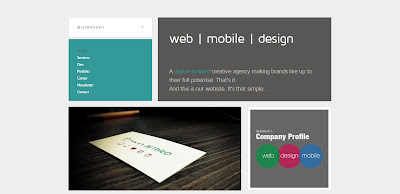













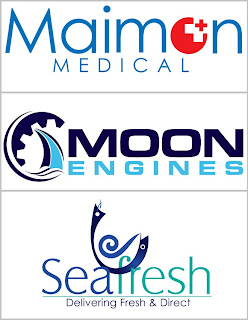










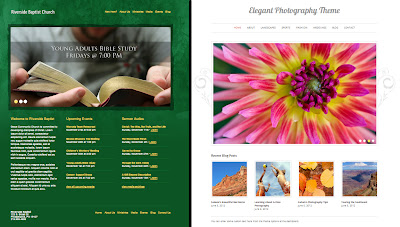



,+It+helps+me+do+a+better+job.bmp)

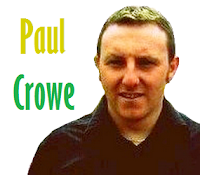








.png)
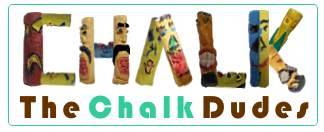
.png)